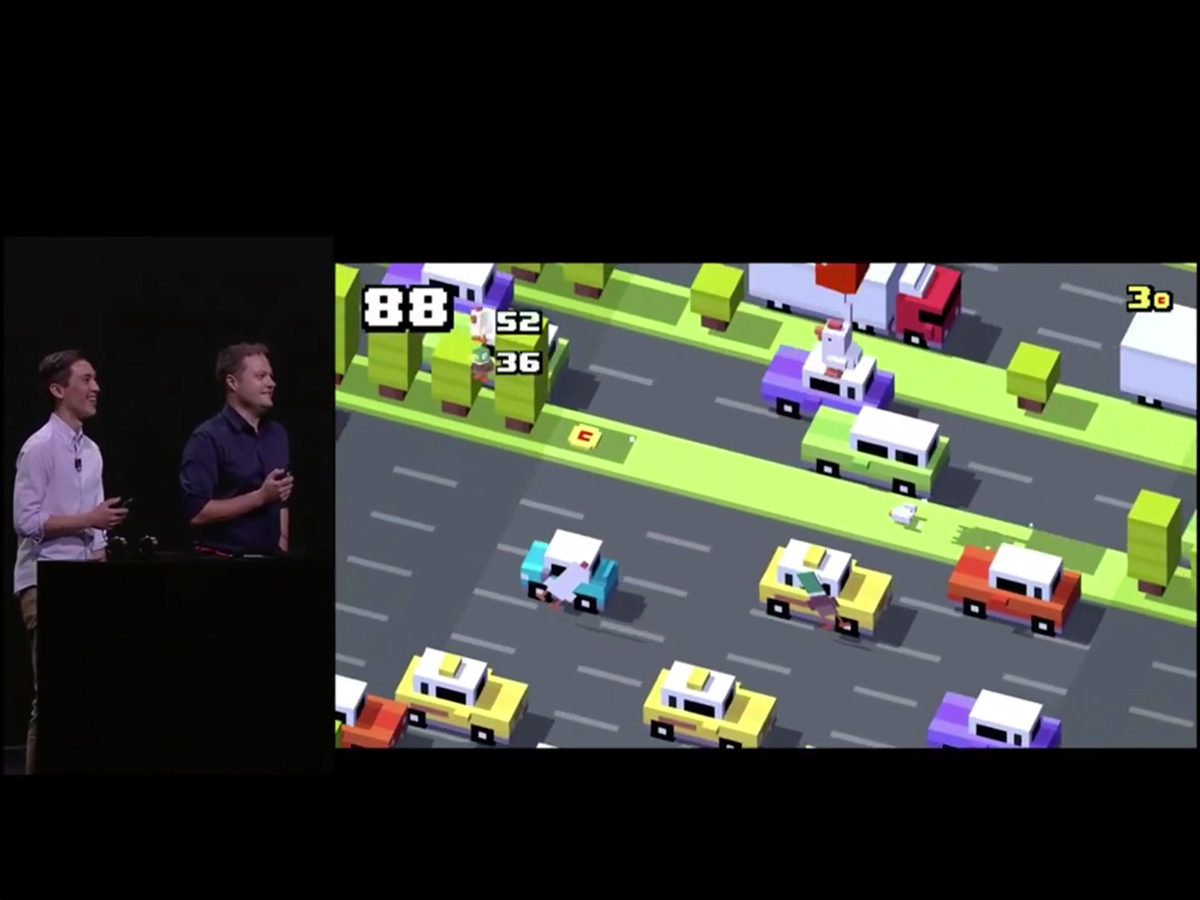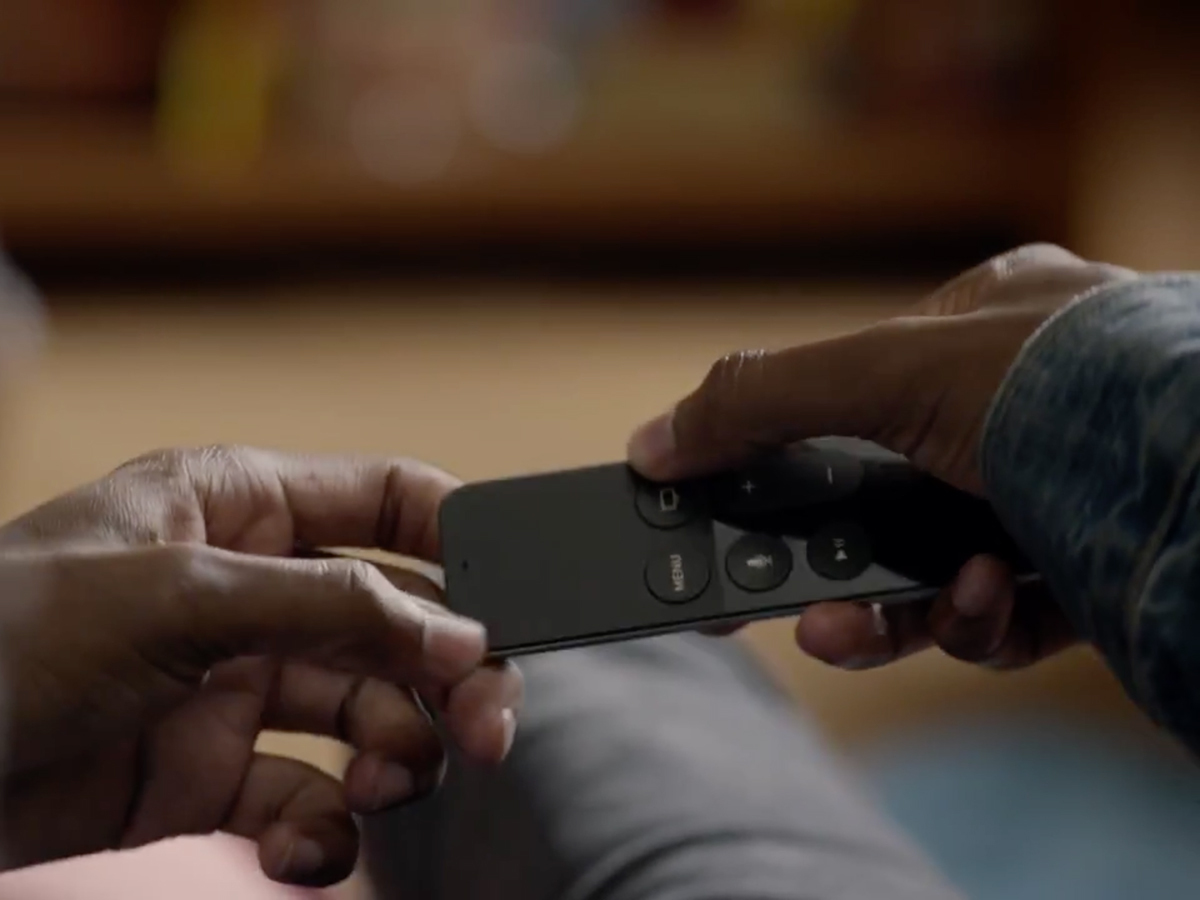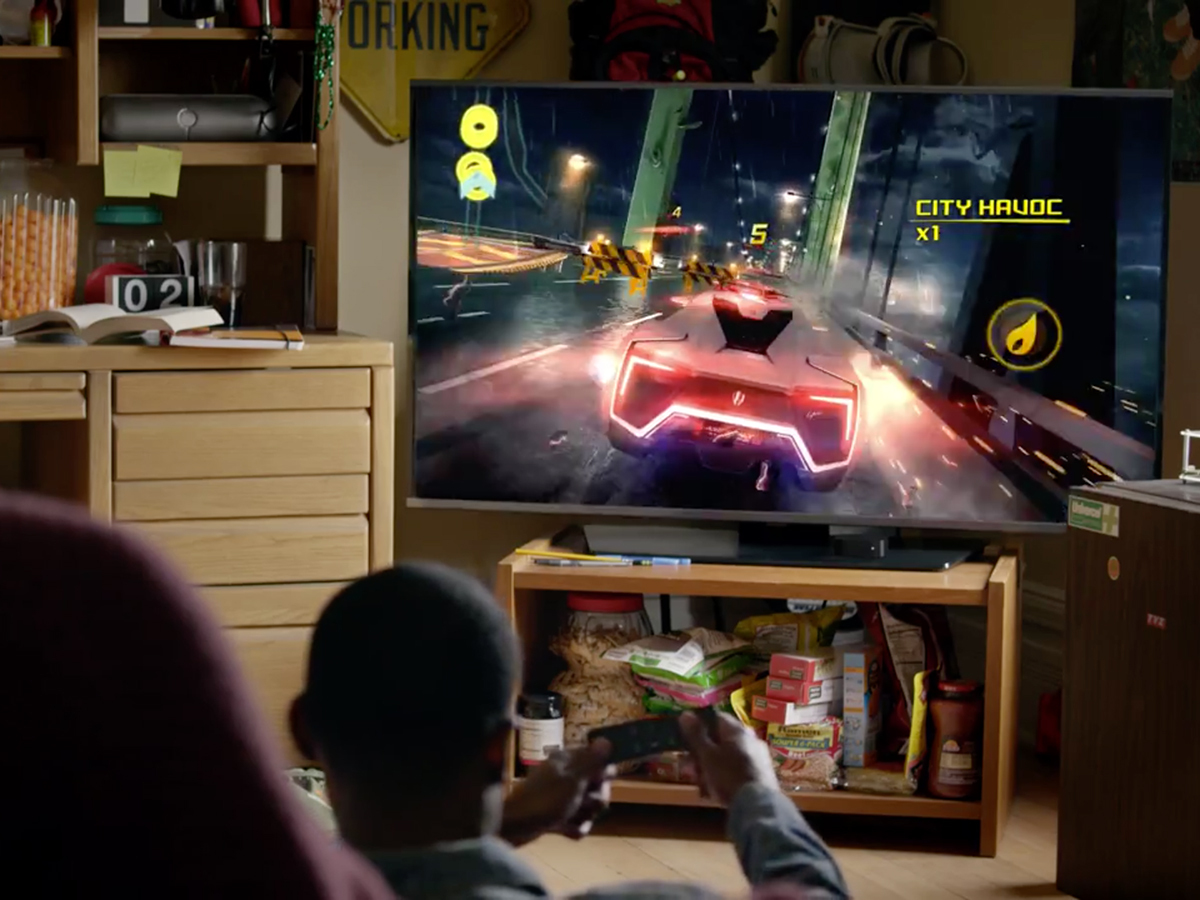The new Apple TV isn’t an Xbox killer — right now, it’s barely a Wii apologist
Apple’s vision for the future of gaming is, says Craig Grannell, a combination of a Wii and cramp

Games and apps on TV. It’s going to be huge! So says Apple, in the spiel for the revamped Apple TV.
Gamers might snort a bit at such a statement. Haven’t games been pretty huge on tellies for some time now, from the days of Pong through to eye-dazzling and cinematic contemporary PlayStation and Xbox titles?
But this is Apple. Apple takes something that already exists, figures out how to do it properly, and then resells it as something entirely new and innovative that it just thought of. And sometimes, that’s fair enough.
Before iPhone, smartphones were terrible. Before Macintosh, computer UIs were dreadful. But before Apple TV, gaming… was doing just fine. So presumably Apple’s got something pretty special up its sleeve?

KEEPING IT CASUAL
For the casual gamer, there was a lot to like in Apple’s demo at the September 2015 event. Famous gaming series were mentioned, and the Crossy Road team showed off an amusing multi-player take, where an angular mallard duck could unsportingly shove a cuboid chicken into traffic, in a manner that in the real world would have ornithologists scrabbling to rewrite their textbooks.
And there was a new(ish — it was ultimately a reheated Wii Sports) title, Beat Sports, where you maniacally wave an arm attached to a dinky Apple TV controller, to swat away balls, all to a catchy beat.
But for console gamers, Apple’s plans are eye-opening in a different sense. Apple says the “same remote you use to watch TV can also be used to conquer alien planets or drive in the Indy 500”. But this is largely achieved by way of a touch surface for directional control, which works alongside an internal accelerometer and gyro.
Imagine the Wiimote with its buttons huddled towards the centre and the D-pad sanded down and replaced by a tiny touchpad, and you’re there. You’re also probably now rubbing your hands to stave off the cramp that would ensue after any remotely lengthy gaming session. And, indeed, Apple’s promo video shows someone awkwardly attempting to play racer Asphalt 8 with said remote, in a manner that screams: “What did I do wrong? Why are you forcing me to do this? Why can’t I have a proper controller?”
YOU MIGHT ALSO LIKE › The 13 best Mario games of all time

UNDER CONTROL
Fortunately, Apple on its website adds that the MFi controllers it otherwise broadly ignores can be used to let you “run, jump, shoot, kick, throw, punch or just about any other verb you can imagine,” although quietly adds in a footnote that not all Apple TV games will support the use of controllers anyway. And that they weren’t even mentioned during the keynote is perhaps telling regarding the gamers Apple TV’s trying to snare.
Another thing not all iOS games support is iCloud (in fact, very few do), which has the potential to scupper one of the key benefits Apple SVP Eddy Cue extolled during the event: the means to start playing on your iPhone, and then pick up right where you left off on your television. iCloud is also essential because it removes the problem of people deleting games to free up space, and then reinstalling later and finding out they have to start from scratch — the kind of experience iOS users have to contend with all of the time, but that should have vanished with cheapo Game Boy Advance titles that lacked battery save.
According to Braid designer Jonathan Blow, Apple’s attempts to deal with storage limitations and sync — the Apple TV comes in 32 and 64GB flavours — will raise eyebrows. He notes there’s "no persistent local storage for apps," meaning apps are forced to do the right thing regarding progress saves. This is good, although you might wonder if this will simply put off the great many devs currently allergic to iCloud.
But Apple can’t resist lobbing curveballs, and its developer documentation states the maximum size of an Apple TV app is 200 MB. Anything bigger will require on-demand resources.
Blow contends this will "limit you to little Angry Birds games, not living room experiences," and anything bigger will be plagued by buffering. Retorts elsewhere claim this won’t be an issue in practice (since after the initial download, resources will remain unless the space is needed), unless you regularly switch between a lot of ‘big’ apps — you know, precisely like many gamers do.

PLAYING THE GAME
Perhaps none of this really matters. You could argue anyone scoffing at Apple’s TV-gaming plans is much like an audiophile sneering at people with the sheer audacity to favour 192 kbps MP3s and iPhone earbuds. But in targeting the television, Apple is playing a different game — one where the expectations are different from those on the iPad and iPhone.
Maybe Apple TV will give Apple the kick up the bum it needs. You feel it’s always been surprised about the success of iOS as a gaming platform, and that said success has occurred despite — rather than because of — Apple.
If not, it certainly won’t be a case of ‘game over’, but Apple TV could so easily slip into being an also-ran, poorly supported by developers, rarely used by gamers of any kind, and joining that depressingly long list of hardware that could have ushered in a gaming revolution but very much didn’t.
RELATED › Apple iOS 9 hands-on review



